You are here
Mausoleum of Kerderi.

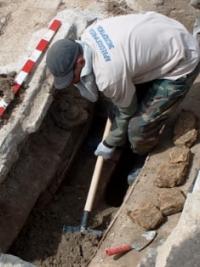
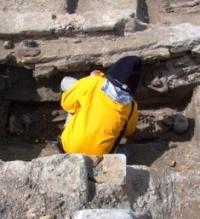
Tours to historical monuments at Aral Sea.
“And when he returned, he did not forget about the poor people.
I understood the needs of disadvantaged people now.
Be near them, if you are a Muslim,
Listen to those who read the
Quran and the commandments of His Prophet "
Khoja Ahmed Yassavi.
Archeology of Aral sea.
The Kerderi mausoleum is located in the Aral district of the Kyzylorda region, 57.6 kilometers south-west of the village of Karateren and 71 kilometers south-east of the village of Kulandy and 4.5 kilometers north-west of the Aral-Asar ancient settlement.
Mausoleum of Kerderi, discovered at the bottom of the Aral Sea after it was shallowed. Dates approximately to the XI-XIV centuries. For a long time it was at a depth of about 20 meters. The monument was discovered on July 27, 2001 by an archaeological expedition of the Kyzylorda State University.
The mausoleum has the shape of an oval hillock measuring 42 × 30 meters and a height of 2.3 meters. The foundation of the building consists of stone slabs 1.5 meters high. The mausoleum was built of baked bricks and lined with glazed and unglazed decorative tiles, surrounded by burials and various craft workshops.
Also nearby was a settlement, most of which, apparently, is still under water. The mausoleum is oriented at the corners of the world and has a rectangular shape in the plan. The southwestern part of the wall has been preserved to a height of six rows of bricks.
The entrance to the mausoleum was located in the southwestern part of the building and was decorated with a portal niche 2 meters wide, the rectangular frame and vault of which was decorated with glazed tiles with floral and geometric patterns and epigraphy.
Fragments of decorative rounded bricks found here also suggest that the archivolt of the arch of the niche rested on three-quarter columns built into the corners of the niche. The mausoleum, located in the central part of the necropolis, is now a swollen hill less than two meters high.
But once its walls were lined with burnt bricks, and the foundation was a solid construction of stone slabs." Such a massive foundation is not typical for similar structures in Central Asia. Apparently, the ancient city planners took into account the peculiarities of the soil - unstable and silty.
The thickness of the walls is also striking - in the narrowest place it is not less than a meter. The entrance to the mausoleum was decorated with a portal lined with glazed tiles with gold inscriptions in Arabic that have survived to this day.
Excavations of the mausoleum have also brought many discoveries. In the central hall, several burials in wooden coffins were discovered, but, what is most interesting, the burials were carried out according to the Muslim rite, following which they did not leave any grave goods next to the deceased.
Only in one of the burials did scientists find gold earrings. But the main sensational find awaited archaeologists on the last day of the expedition stumbled upon a perfectly preserved portal wall. As it turned out, the sea washed away the mausoleum from all sides, and the portal wall collapsed entirely.
Bricks fell from above, water washed sand, and as a result, a glazed artifact has been perfectly preserved to this day, the analysis of which will reveal many secrets of settlements at the bottom of the Aral Sea. In the inner gurkhans - halls divided into two parts, both men and women with children were buried. In total, researchers have found seven burials of the sagan type here, and all of them date back to the end of the XIV century.
The central burial, covered with four massive slabs, turned out to be empty. An exception is the burial located in the northwestern axial niche. The grave pit was lined with stone. The burial was robbed. The leader of the tribe or another person of high status could probably be buried in it.
A pair of gold earrings in the form of the head of a leopard biting its tail, found in the crypt, aroused many questions. Such a subject is completely uncharacteristic for people professing Islam. Of course, those who lived here adhered to this religion.
This finding may indicate that in those distant times in Aral-Asar were strong clan traditions of shamanism and Tengrianism - a monotheistic religion, the supreme god in which is Ten-Gri - the power that controls the world. "
When the excavations of the mausoleum came to an end, scientists found a real treasure, in the southern corner under the floor - a large jug, 40 centimeters high with a side handle. Inside the vessel were heavily corroded metal items with tools (sickles, scythes, knives) that were used to cultivate the land. In those distant times, they were not appreciated less gold.
Some of the local residents, probably in the last days of the city's existence, hid all this in the mausoleum, hoping to return here sometime. However, the waters of the Aral Sea swallowed up the settlement, and the treasure went to archaeologists.
Geographic coordinates of the Kerderi mausoleum: N45 ° 43'25.66 "E60 ° 15'42.93"
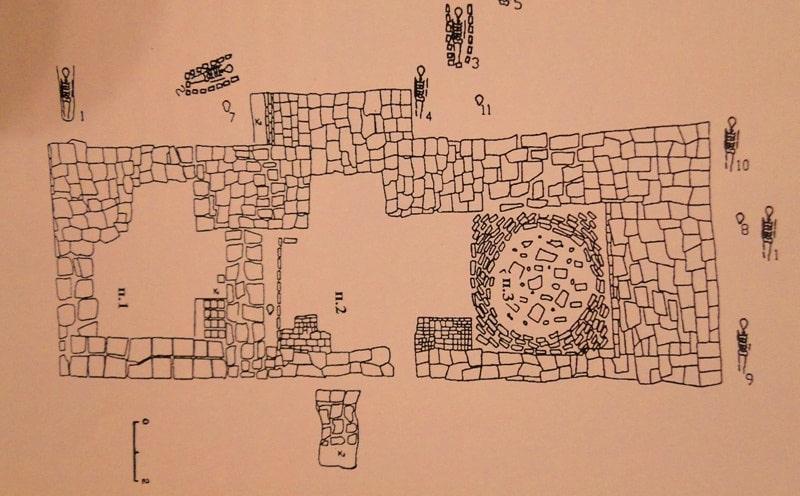
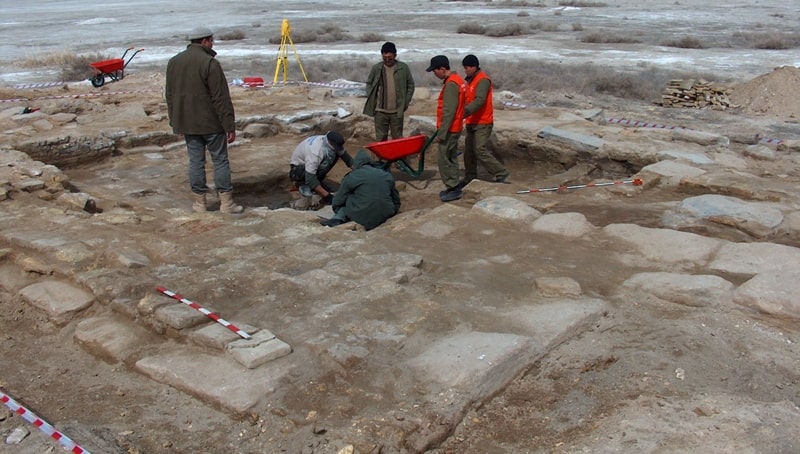
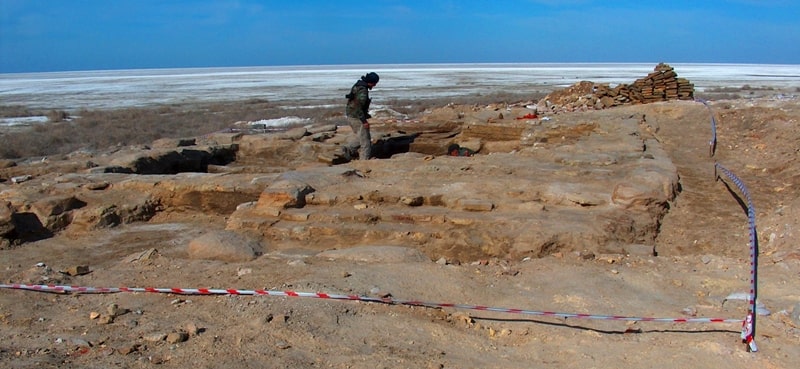
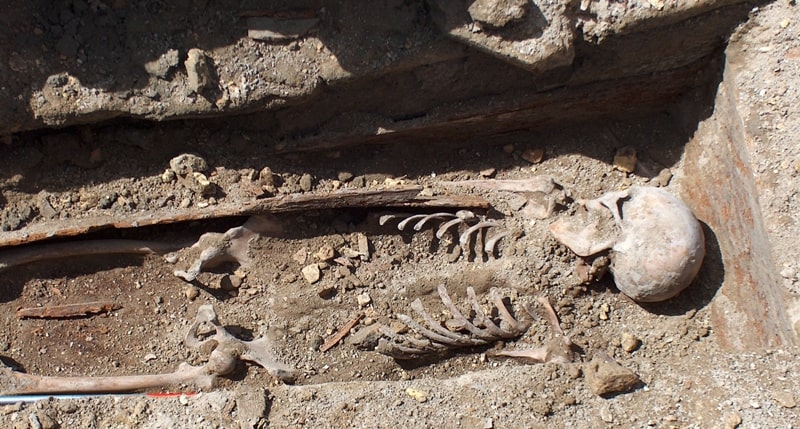
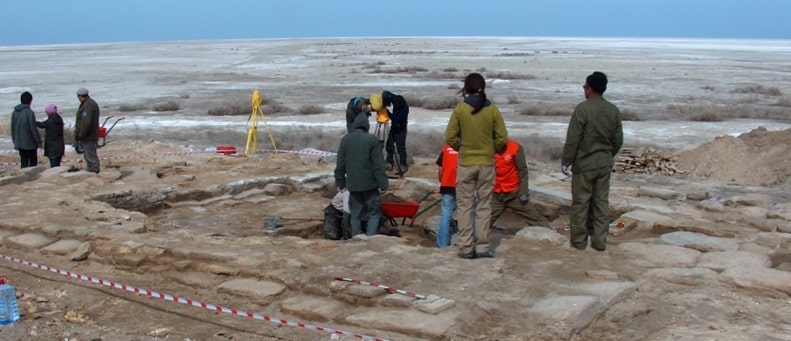
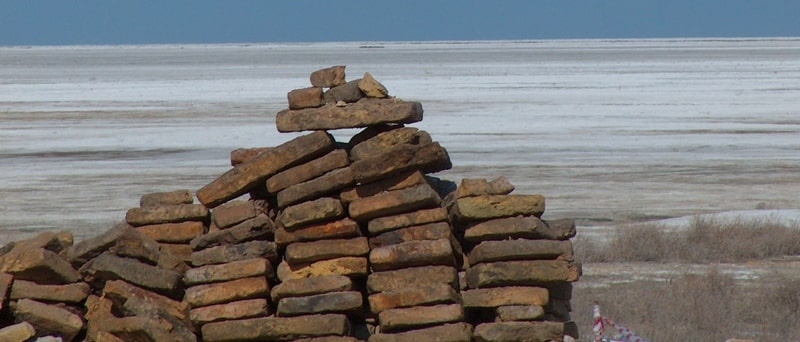
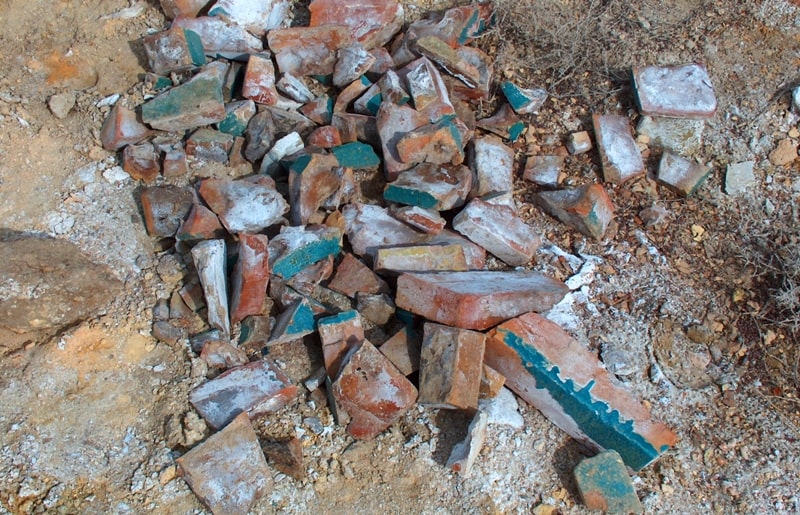
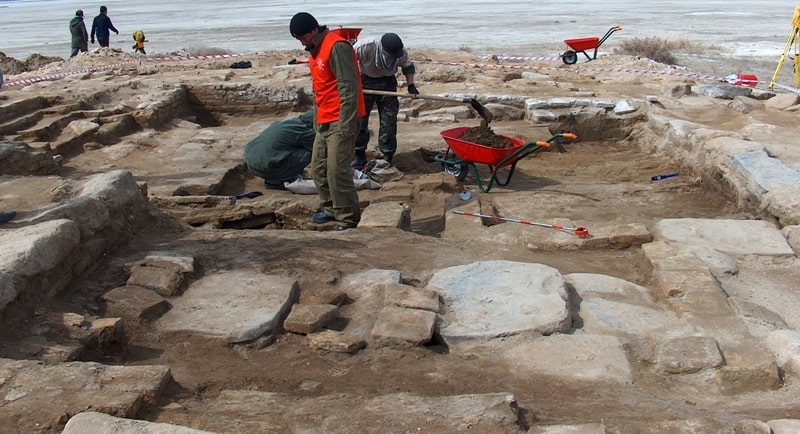
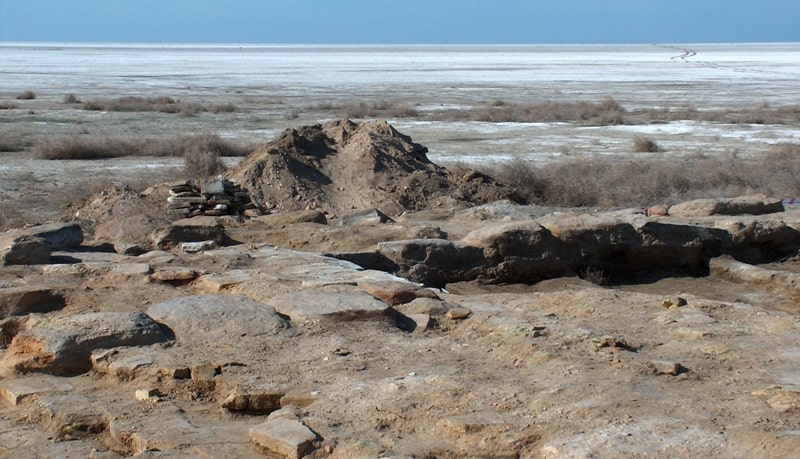
Authority:
Dmitry Voyakin. Stepan Krivosheev, "Itogi", No. 21/623 20.05.2008
Photos by
Alexander Petrov







